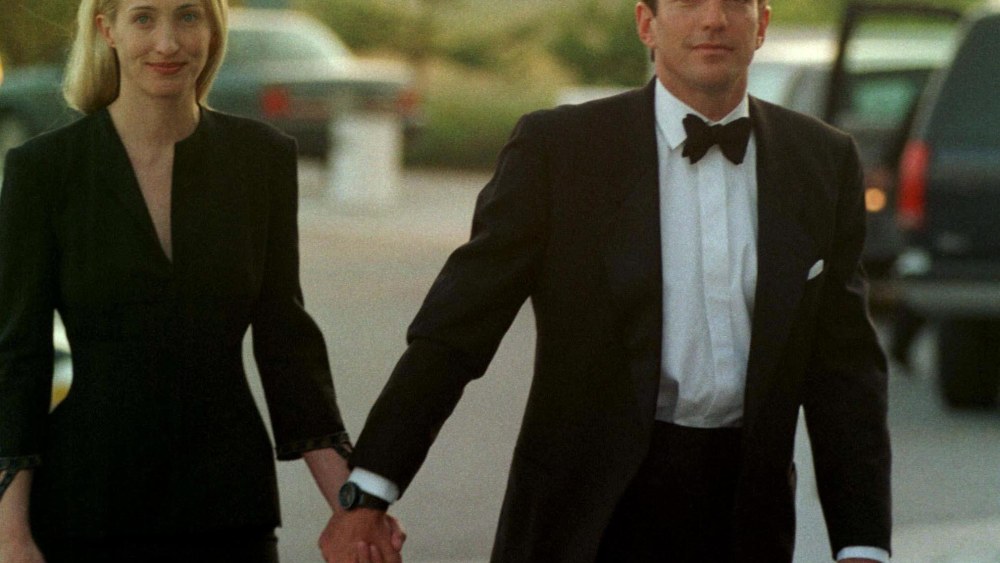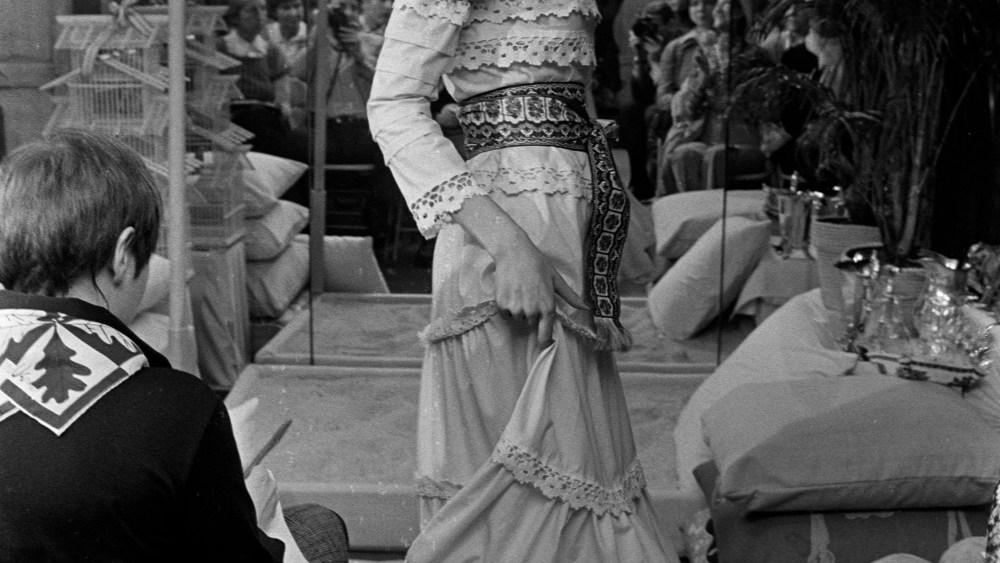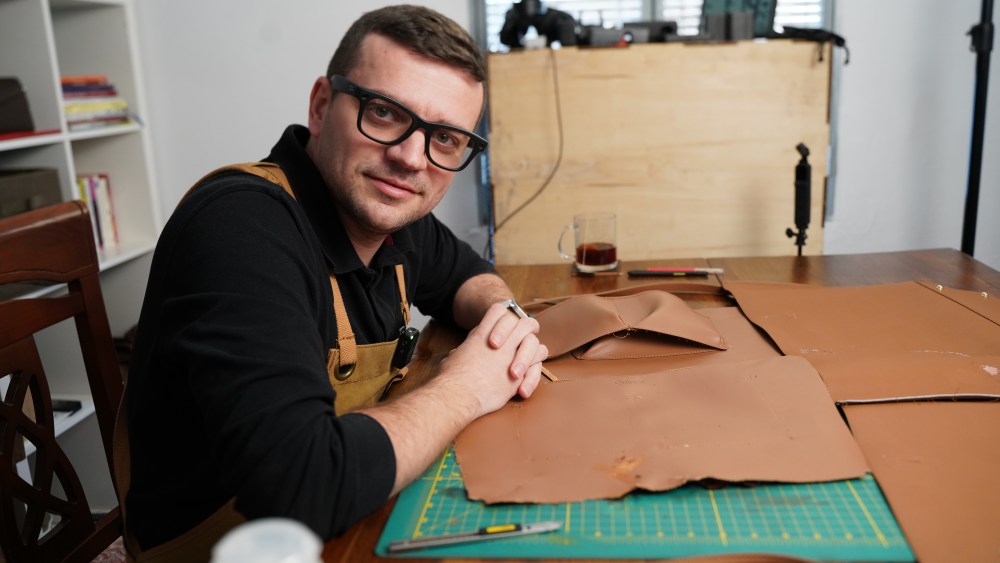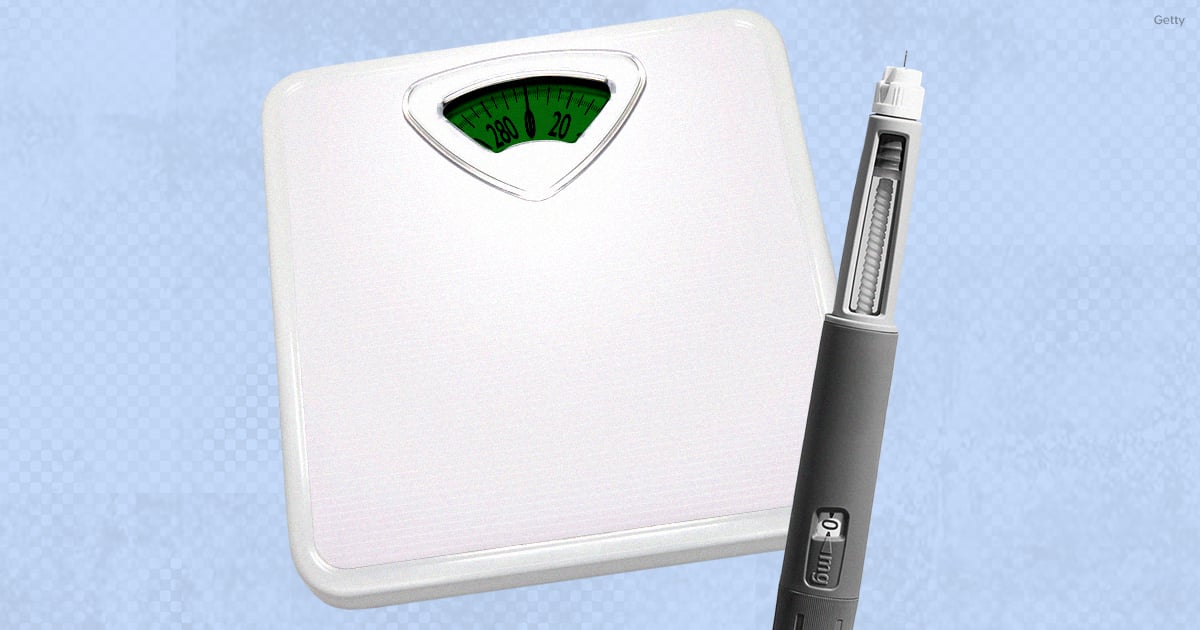Twenty-five years after John F. Kennedy Jr. and his wife Carolyn Bessette Kennedy perished in a plane crash, the public zeal for every last detail about their lives doesn’t seem to have waned.
Despite numerous books, countless articles, social media tributes and a few documentaries about their short-lived lives, there’s surprisingly more to say. “JFK Jr.: An Intimate Oral Biography,” a new book by Liz McNeil and RoseMarie Terenzio serves up 200-plus testimonials from friends, colleagues and acquaintances about the couple — many of which lay bare their off-camera selves, professionals wins and losses and sometimes fractured relationship.
Neither author took the just-out Simon & Schuster page-turner lightly. In a joint interview, they spoke about having “a real mission to get it right.” As Kennedy’s former assistant at George magazine, a “not-just-politics” publication that that he cofounded in 1995, Terenzio befriended her boss and later his wife. She first connected with McNeil, a 30-year veteran at People magazine, who used to be “on the John-and-Carolyn” beat. Terenzio’s 2011 behind-the-scenes book, “Fairy Tale Interrupted: A Memoir of Life, Love and Loss” was a New York Times bestseller.
You May Also Like
Billed as “the real man behind the myth,” the tome chronicles Kennedy’s Oedipus-like life. The murky weather that engulfed Martha’s Vineyard on the July night in 1999, when the single-engine plane that the 38-year-old Kennedy was piloting crashed into the sea, killing him, his 33-year-old wife and her 34-year-old sister Lauren. The former first son was a toddler when his father John was assassinated in Dallas in 1963. Readers will find Sasha Chermayeff’s memory of telling Kennedy how she could not imagine her three-year-old son losing his father, as he had at that age, and that Kennedy told her, “You never get over it.”
That historic event, and the television coverage of the 35th U.S. president’s funeral rocked the world and created a seismic media shift. Decades later, the book’s first-person accounts and insights create an arc depicting how the rise of media, the loss of privacy caused by fame, the power of fashion in image making and elusiveness can never be defined. The fact that Kennedy sought normalcy, as much as he could, and Bessette Kennedy, a Calvin Klein staffer whose specialty was VIPs, never did an interview heightened their appeal. Their Hollywood-worthy good looks didn’t hurt either.
In her five years of working for Kennedy, Terenzio said he only spoke about his father, or how he felt about his father’s death, in passing. Through all of the interviews, she realized how there was “this thread where he was really searching for that connection to his father.” For example, Kennedy interviewed George Wallace and Fidel Castro for George magazine, as well as former U.S. president Gerald Ford about the Warren Commission Report about the JFK assassination. The lawyer-turned-editor in chief also invited Hustler’s Larry Flynt to the 1997 White House Correspondents dinner, despite the Hustler publisher having run topless photos of his mother Jacqueline Kennedy Onassis.
“One of John’s friends said he was interested in people with less than perfect pasts, which I loved. That’s so relatable and empathetic,” McNeil said. “That was our guiding principle — to be as truthful as possible.”
Recalling how one friend described Kennedy as “a wounded seeker of truth,” McNeil said his life was an odyssey. Mike Tyson’s first encounter involved Kennedy nearly hitting him while on the bicycle that he used to get around New York City in the 1980s. After striking up a friendship, the former heavyweight champion later suggested Kennedy get a bodyguard, but he wasn’t having it. Tyson said, “He was that kind of person. He didn’t want to live big.”

An entry from the dogged gossip columnist Joanna Molloy reflected that too. After seeing Kennedy at a Bob Dylan concert, she asked, “Should I get a great scoop here or should I let you have a life?” His response was, “’Please let me have a life,’” according to Molloy, who uncharacteristically obliged.
Readers will be clued into all sorts of claims including that Kennedy’s premarital relationship with the “Splash” actress Daryl Hannah overlapped quite a lot with Bessette Kennedy. Several friends attest to the relationship strains that Kennedy and his wife dealt with and how their marriage had frayed. Another unexpected footnote was Terenzio’s recollection that on occasion a woman would show up at Kennedy’s apartment wearing only a fur coat, a habit that he told Terenzio was “sexy and cute” the first time, “but after a while kind of a cliché.”
R. Couri Hay recalled how he “had the good fortune to see John naked all the time, because he was a major exhibitionist.” He prefaced that by saying, “I loved him. I respected him. And then I was ‘a major gossip columnist’ [with 28 million readers a week with the National Enquirer]. It was a professional acquaintanceship; I knew Jackie and [his aunt] Lee Radziwill so he couldn’t avoid me.”
Several contributors had never spoken publicly about their ties including Sean Penn, Cindy Crawford, Demi Moore and Garth Brooks. Kennedy’s sister, Caroline, chose not to participate, but their cousin Kerry did. By one account, Caroline was said to have not approved of Bessette Kennedy. As for those, who might consider the new book to be betraying, Terenzio said, “Those things are real and what people told us. It goes back to the letter that he wrote to Mike Tyson — the reason that people are interested in you, is because you’re human. It wouldn’t have been worth the effort to do a washed-out version of John Kennedy. To portray him as someone with ups and downs, successes, failures and fragility, just makes you love him even more.”
Kennedy-philes will learn how the famous son chose not to invite Radziwill to his wedding, a covert affair on Columbia Island that blindsided the media. And he was said to have had no qualms about running for office. Fans of the blonde-haired, blue-eyed Bessette Kennedy will read about how she “wasn’t sitting by the phone waiting for him to call,” and that during a breakup she deleted her voicemail from her answering machine to make a point. The oral biography described how his mother’s death prompted their reunion and his ultimate split from Hannah. Bessette Kennedy called the attention around Kennedy “the freak show,” but later suffered from that mayhem with five to 20 paparazzi camped outside their Tribeca apartment on any given day.
There’s plenty of fashion trivia to glean from the pages, such as Bessette Kennedy’s bachelorette days of living in a roomy apartment in a West Village brownstone near Kate Moss. The Greenwich, Conn., transplant favored Bobbi Brown’s Ruby Stain lipstick and had a black cat named Ruby that Kennedy had given her. The couple also had a dog called Friday and sardonically called each other “Mouse and Mousey.” Bessette Kennedy had suggested Crawford dress in drag as the first U.S. president, George Washington, for George magazine’s debut cover. Bessette Kennedy was given two engagement rings: one with diamonds, which was designed by Onassis’ longtime companion Maurice Tempelsman, and Onassis’ “swimming ring,” a Jean Schlumberger with emeralds and sapphires.
After the New York Post caught wind of their engagement, Kennedy publicly denied it to try to salvage some private time, a decision that Bessette Kennedy was said to have understood, but was wounded by. Their nuptials on the little-known Cumberland Island were so clandestine that the Greyfield Inn’s owner referred to it among employees as “Nicole Miller’s wedding.” (Never mind, that the fashion designer by the same name had wed three years prior.) Bessette Kennedy’s designer friend Narciso Rodriguez didn’t just design her slip wedding dress, which she wanted to be reminiscent of a John Galliano style she had seen. Rodriguez also created the nude slipdress embellished with crystals that she donned for her rehearsal dinner. (Another New York-based designer friend, Gordon Henderson, crafted Kennedy’s suit.) Bessette did her own makeup on her wedding day and rode to the First African Baptist Church in a pickup truck to prevent her dress from wrinkling. The biggest misconception about her was that she was “closed off and didn’t have a sense of humor. She was the complete opposite. She was so authentic,” Terenzio said.
But married life especially after Bessette Kennedy exited Calvin Klein in 1996 was not such a fairy tale. One friend dubbed the last year of their lives as “just bad,” due to near-divorce struggles, the hounding media, George magazine “falling apart” and the death of Kennedy’s cousin, Anthony Radziwill. An account of the couple’s burial at sea is harrowing, but the fragility of mortality and the flaws of human nature are clear throughout. Terenzio said, “For me, the goal of this book was for him to not be forgotten, but to be remembered. And not to be remembered as this famous guy [as the ‘Sexiest Man Alive’] on the cover of People magazine. Sorry Liz.”
McNeil said, “Look at all of us — none of us have perfect pasts.”
“Or presents,“ Terenzio added.



